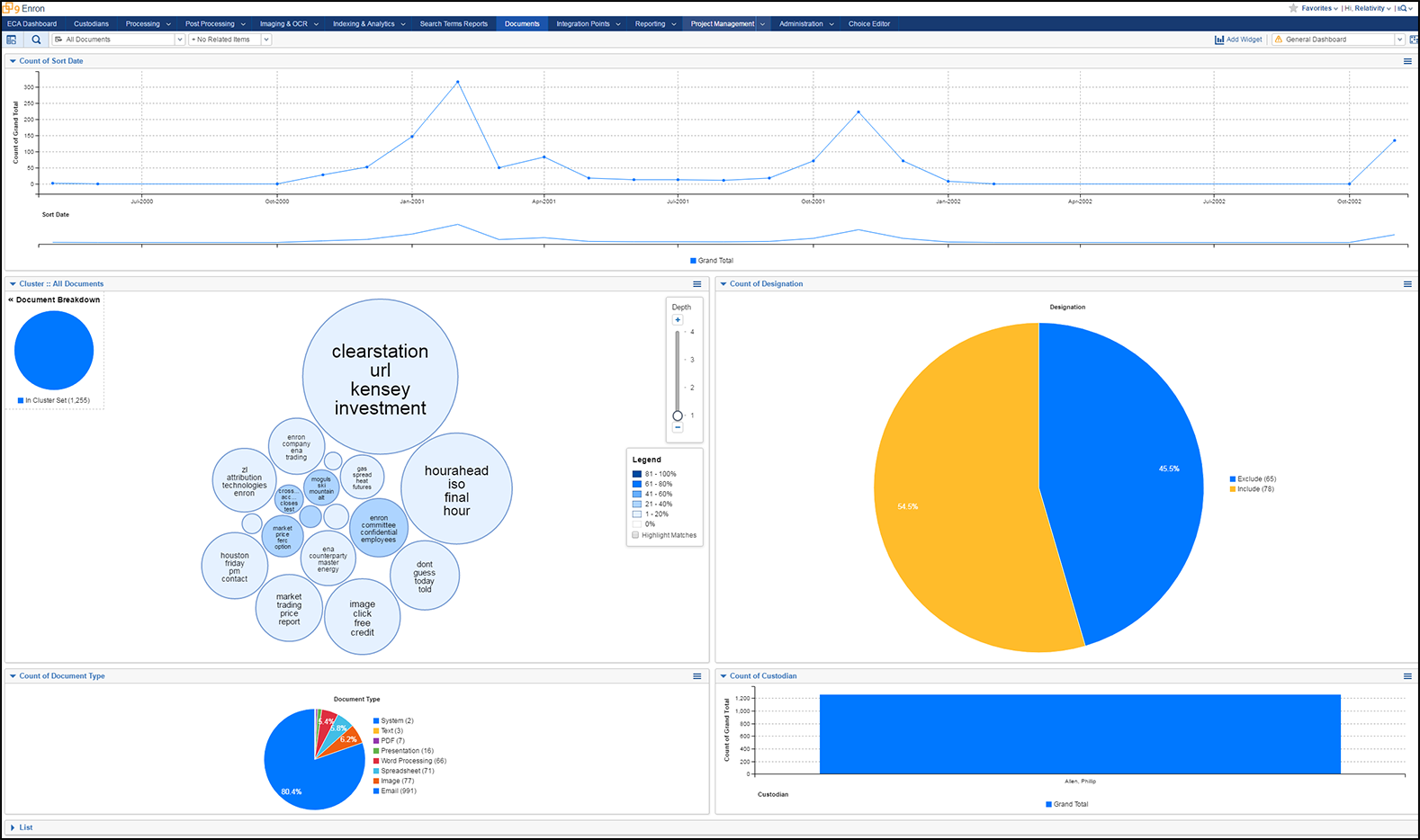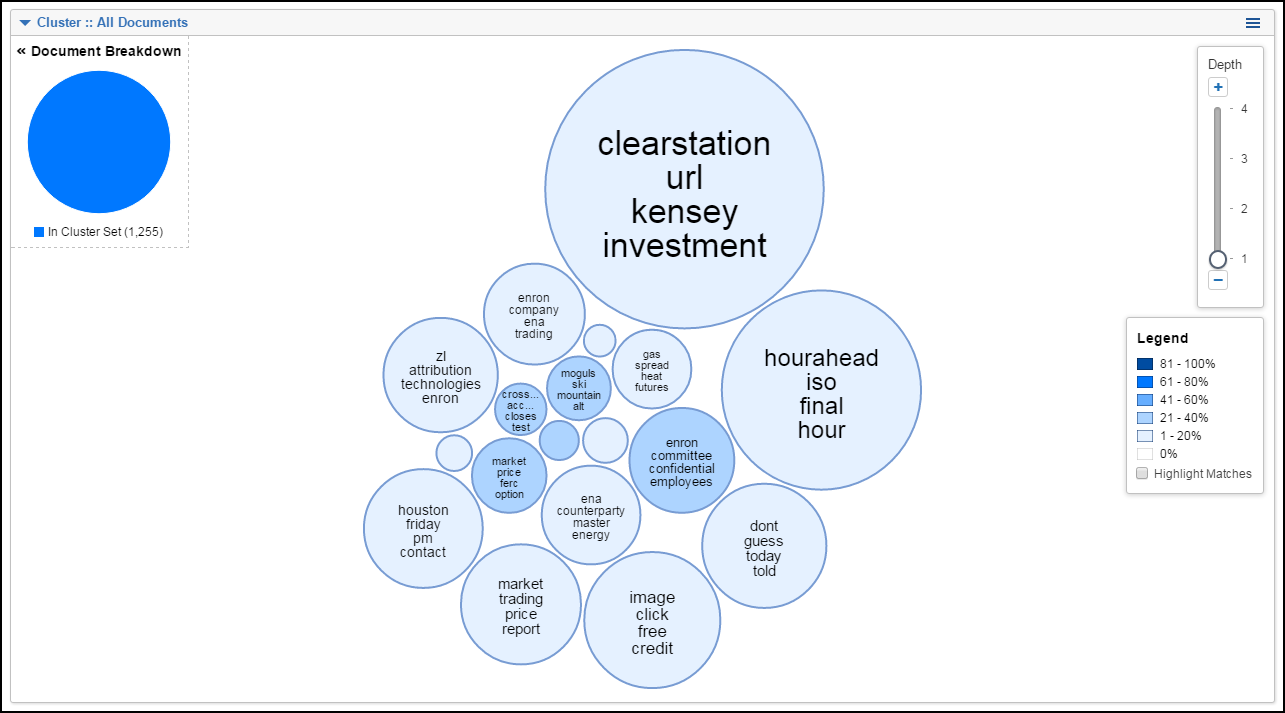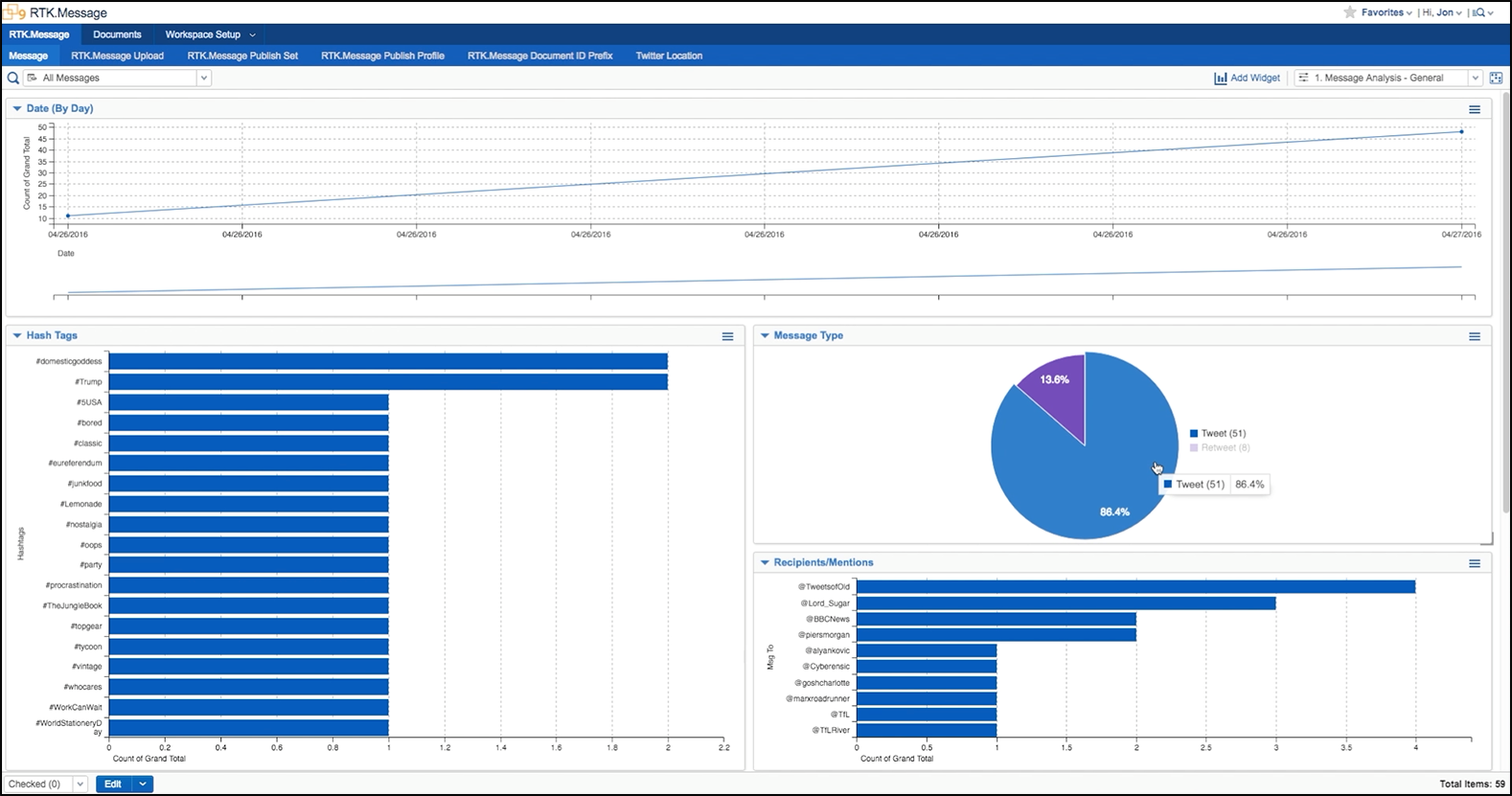“A lawyer’s fundamental product is information. Understanding the client’s position, how that relates to the law, what risks are involved—all of it comes down to finding the facts. Today, we need to find those facts amid a wealth of electronically stored information. There’s a lot of it out there, and we, as information-age lawyers, need to be very good at tracking down the right ESI quickly.” – Bennett Borden, chief data scientist at Drinker Biddle & Reath
It’s hard to argue with Bennett’s point, appearing originally in an interview we did with him back in June 2015. As data continues to grow in size and complexity, the role for attorneys and legal professionals everywhere is evolving—and they need the skills and tools to keep up.
This need for smarter, more efficient data analysis is a driving force in the evolution of e-discovery technology. But legal teams need to do more than just understand their data. They also need to be able to act on it and tell the story within it. That’s where our newest release, Relativity 9.4, comes into play.
Is your legal team meeting the demands of their increasingly data-driven roles? Here are four ways technology can help you conduct better data analysis.
1. Gain an understanding of your data before a case begins.
The onset of your project is the exploratory stage—you want to gain visibility into the size and scope of the case and start wrapping your head around the issues. The earlier you can glean insight and make decisions on your data, the better you’ll be able to assess risk, predict costs, and ultimately save time and money downstream.

Put search, visualization, and analytics tools in your team’s hands at the start of your case. If they can interact with different data visualization widgets to get a handle on file formats and sizes, date ranges, search terms, and more, they can start culling information you know isn’t needed—such as documents that fall outside a given date range or emails from irrelevant domains—right away.
Learn the four crucial steps in early case assessment.
2. Leverage analytics whenever and wherever you can.
There’s a misconception that analytics is only useful during document review, when in reality, you can (and should) incorporate analytics into your project—any project—at any point in time.

In an investigation, for example, analytics can help you uncover related information and identify potential red flags. Take advantage of tools like email threading, clustering, and language identification when conducting ECA and investigations, so you can organize and tag documents by conversations, concept, and language; quickly uncover similarities; and then prioritize and divide the review workload among investigators.
How does analytics perform compared to keyword search? We put it to the test.
3. Get the full picture of your data in one view.
Seeing the big picture is critical to understanding your case more quickly, but with so many granular and moving parts, it’s difficult to truly capture all of your data in one shot.

For example, say you wanted to dig into a group of conceptually related documents—a cluster—and learn the breakdown of custodians, key terms, and even your team’s coding decisions on those documents. Data visualization widgets for your custodians, terms, and coding decisions paired with a cluster visualization widget can help.
Ready to start building dashboards of your own? Get started with this free tutorial.
4. Leverage data visualizations in your unique workflows.
We’ve discussed how search, analytics, and visualization tools are just as useful at the start of your case as they are during review. Now it’s time to take that flexibility one step further and think about when and where else you can leverage those same data analysis tools.

During the Relativity Spring Roadshow stop in London, Jon Chan, technical director at Relativity partner Anexsys, joined us on stage to showcase their Relativity Ecosystem application, RTK.Message. Anexsys is a great example of a team taking advantage of data visualization tools not only to make their own lives easier, but also the lives of their customers.
RTK.Message helps users process and review social media and messaging data, but here’s the kicker: Jon and team incorporated data analysis capabilities, such as visualization widgets and custom dashboards, into the application so users can easily search messages, then drill down and analyze the results.
Learn more about leveraging data visualizations for e-discovery insights in this free guide.









